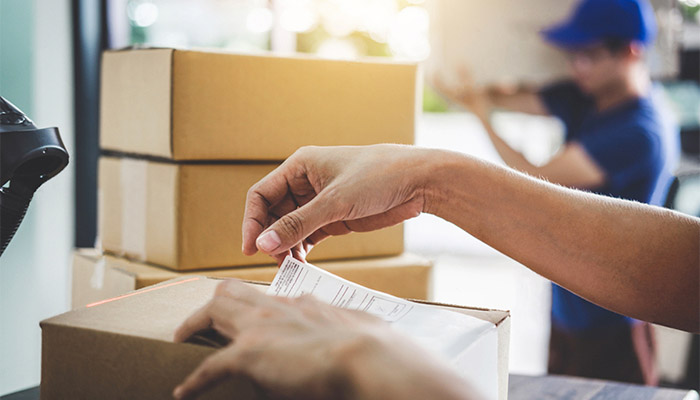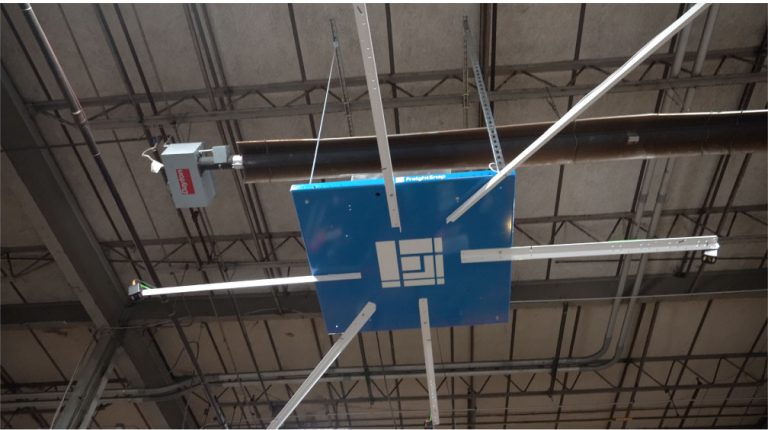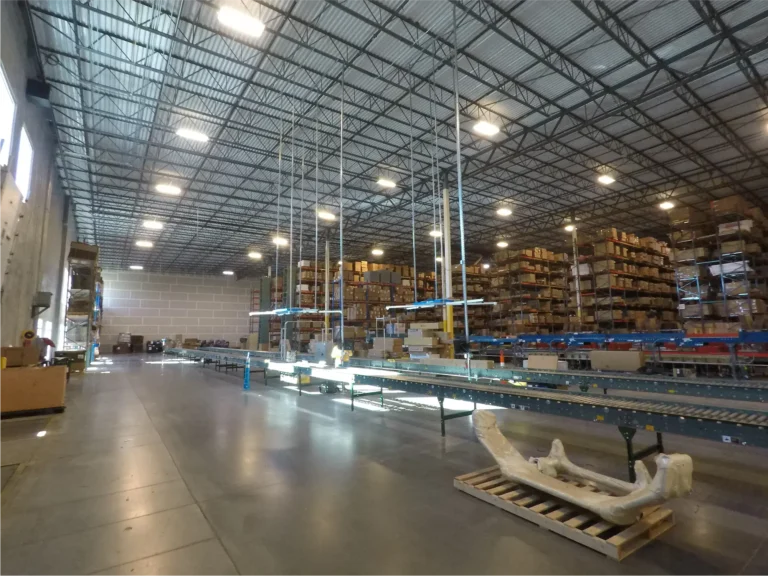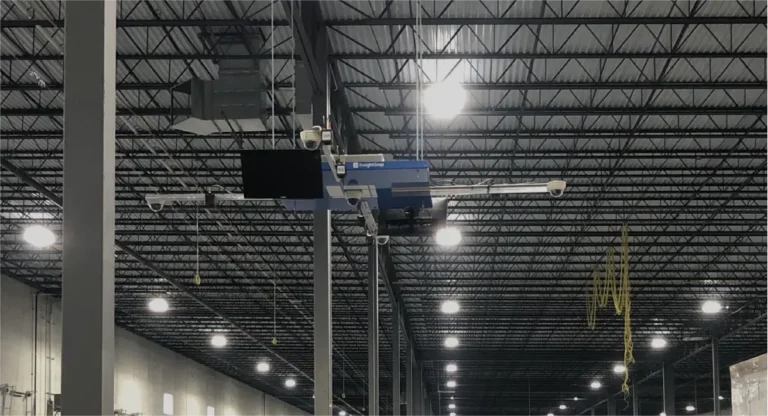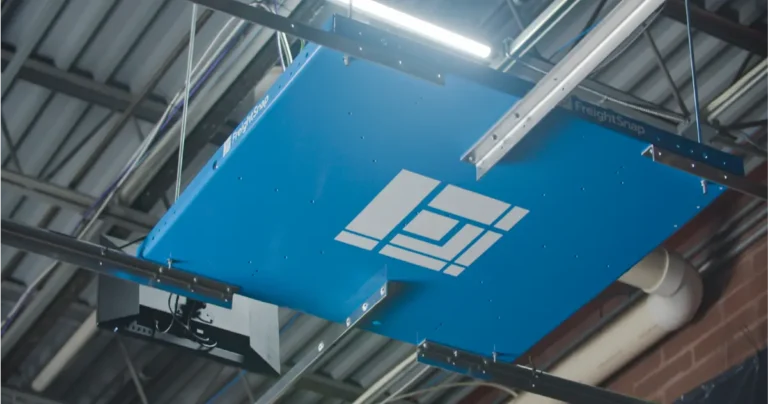We all know the satisfaction of finding a good deal online. The rush at seeing our minutes, hours, or even days of searching pay off in a discounted rate on the item we desire. And like-wise, we all know the disappointment, the sinking feeling at check-out, when we realize that the deal we worked so hard to find is offset by the unexpected cost of shipping. Truth be told, it’s often disappointing enough to sink the sale altogether – and what’s more – most online shoppers agree.
As a business owner, you might shrug your shoulders and ask, “What am I supposed to do? I have to charge for shipping or I’ll lose money. Shipping isn’t free you know? Why should it be free for the consumer?”
And you’re right. Shipping costs do have to be accounted for. It’s quite literally the cost of doing business. Fortunately, there are some things you can do to balance those costs and maintain your profitability.
Understand the Costs Associated with Shipping
You can’t bill on what you don’t know, so if you haven’t already done so, spend some time calculating your true shipping costs. Look up current shipping rates from the carriers you use most, whether parcel, LTL, or FTL. Factor in potential accessorial costs like fuel charges, lift-gate fees, residential delivery fees, etc., and calculate your packaging costs for each item, including materials and labor.
For example, if it takes an employee making $15 per hour 10 minutes to package a shipment, and he uses $2.00 in materials, then you pay $7.99 in shipping, your total cost looks like:
((10 minutes/60 minutes) x ($15/hour)) + ($2.00) + ($7.99) = $12.49 total cost
Offer Free Shipping as an Incentive to Boost Sales
After you’ve established a complete view of your shipping costs, you can start implementing strategies to recoup them. One way to do this is by selling more. Incentivizing free shipping gives you the opportunity to up-sell customers and increase sales volume, thus offsetting your shipping costs. A few popular ways to offer free shipping as an incentive include:
• Offering free shipping when spend thresholds are met (ex: free shipping when you spend $100)
• Offering free shipping for return customers
• Offering free shipping on specific items
• Offering free shipping on certain days (Black Friday, Independence Day, Labor Day, etc.)
Offer Low Cost Shipping
While not as appealing as free shipping, low cost shipping may be enough to encourage more customers to follow through on orders, especially if you’re selling goods they can’t find elsewhere. Cutting your shipping costs by half to a third of your competition (and promoting it) can net you sales that you may otherwise lose – without taking on the full costs associated with offering free shipping.
Offer Premium Shipping Options
By now, savvy online shoppers are familiar with Amazon’s Prime service, which offers free two-day shipping on all Prime items, among other benefits, for an annual cost of $119 per year. This is perhaps the best (and most popular) example of a “premium shipping service,” which has generated tons of new business for the online retail giant.
Consider taking a page out of Amazon’s book by creating your own premium shipping service, and cultivating your own group of loyal, premium customers who will be more likely to bring you repeat business.
Bottom Line
Today’s online shoppers expect free shipping, and may decide to take their business elsewhere if those expectations aren’t met. Being creative – and careful – when implementing strategies that balance consumer expectations with your need to remain profitable, can help your business grow and succeed far into the future.
For more articles like this, subscribe to our newsletter!
Was this article helpful?
Michael Eichenberg is the co-founder and CEO of FreightSnap, allowing the supply chain, logistics, manufacturing, distribution and transportation industries to measure, weigh, photograph and ID pallets and parcels in just seconds. Learn more and share your ideas on Facebook and LinkedIn.

